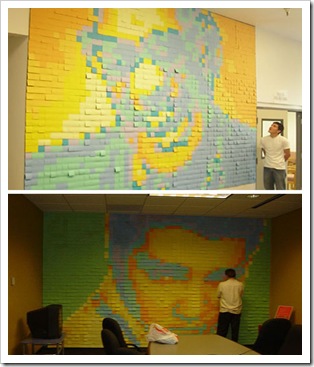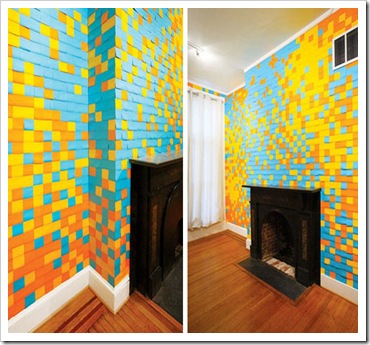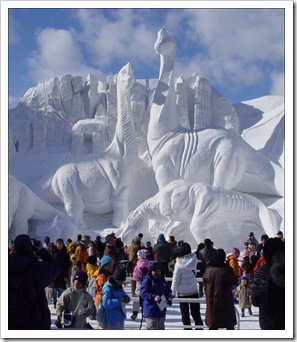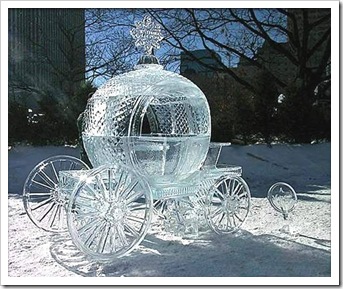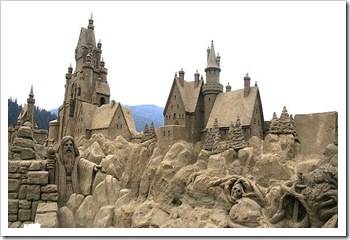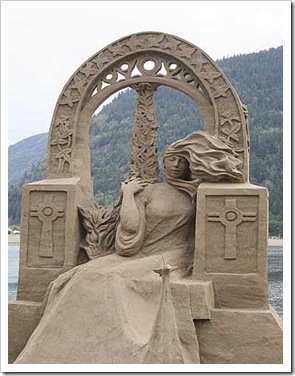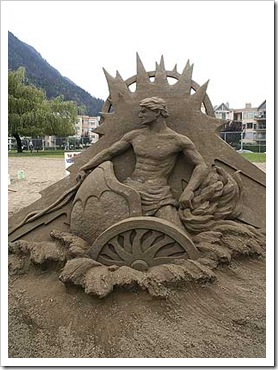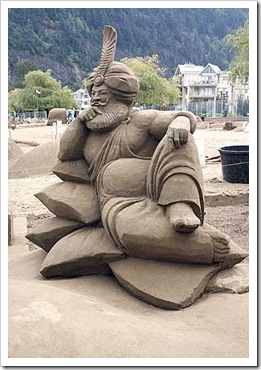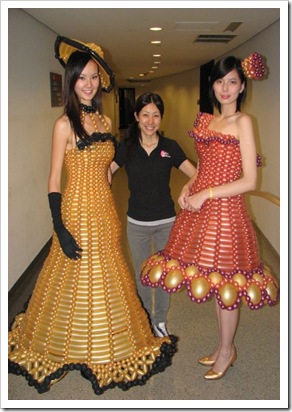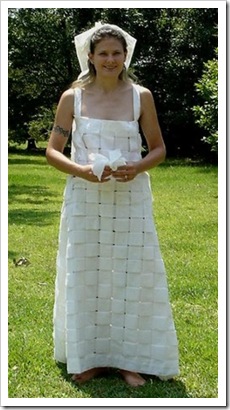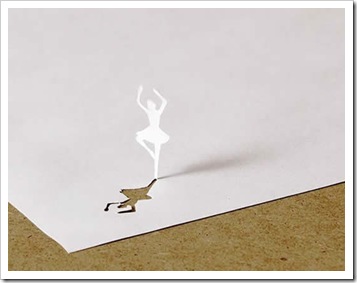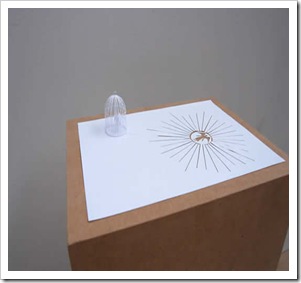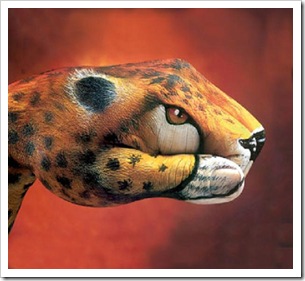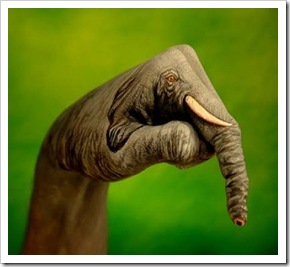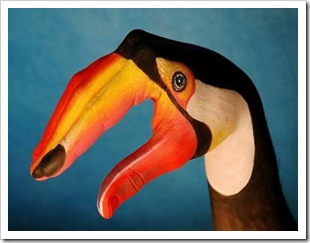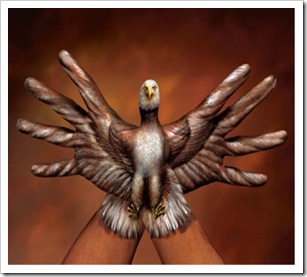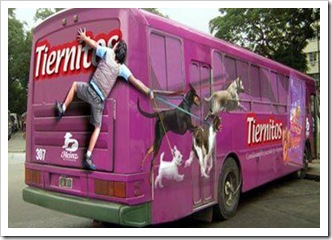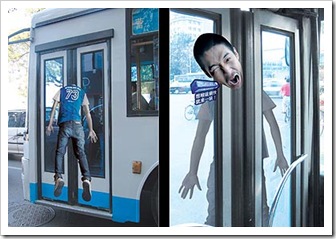"The only impossibility to the art- if we are to believe some art critics who appear to have had little opportunity of observation- is that it can produce art; this little treatise contends that the camera is only a tool in the same that the brush is a tool, and one capable in the hands of an artist of conveying thought, feeling, expressing individuality, and also the usual attributes of art in their degree."-- Henry Peach Robinson 1830-1901
It is a common belief that this photographic process is relatively new to the world of art. Seldom do people realize that from the fifteenth century on, artists were using optical devices to create their work. During the Renaissance, the desire for realism and a close depiction of nature and its beauty enticed the Renaissance artists to use tools as well as pigments and brushes such as the 'camera obscura'. This device gave them the ability to reflect far away images onto flat surfaces.
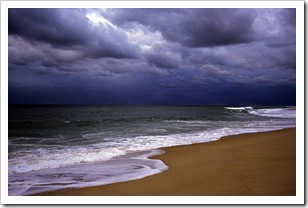
Las Landas by Alvaro Felgueroso
In 1839, the perception of reality was further revolutionized by the invention of the Daguerreotype and the Collotype, these being the first two types of photographic images. Photography became accepted in art because of its assistance in supplying the growing middle class patronage, therefore fulfilling their urge for immediate images and entertainment.
In the terms of "the Masters", the truest quest of art is to depict nature as it truly exists. A photograph achieves this goal surpassing the efforts of all other artistic mediums. Yet the question remains whether or not the photographers themselves are true artists.
Another theory is that artists must contribute their personal spirit into their creations. Could it be possible that a photographer using a mechanical device, that creates the image, could impose their personal spirit into the finished photograph?
Ernest Lacan, the French journalist once said, "Photography is like a mistress whom one cherishes and hides, about whom one speaks with joy but does not want others to mention".
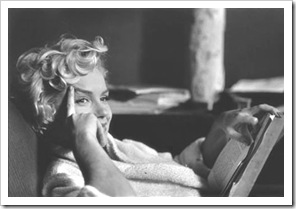
Marilyn Monroe, New York by Elliot Erwitt
There are three views of photography commonly discussed in all realms of art by critics, painters, and photographers pertaining to whether photography is beneficial to art or whether it is art at all. The first view is that photography is not an art because it is produced with a mechanical device and by chemical and physical phenomenon not by hand and inspiration. The second view is that photographs would be useful to art but should not be equal in creativeness to painting and drawing. The final theory is that because photography is so similar to lithography and etching then it would be beneficial to the arts as well as culture.
Photography has played a controversial but an important role in the arts for the last 150 years. The question still remains whether photography is an art or a new form of documentation seen by the eye instead of the mind.

